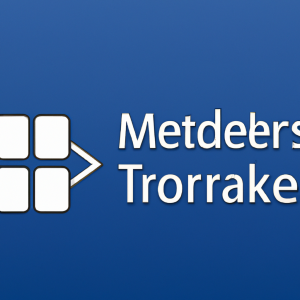Overlaying Multiple Indicators: A Powerful Analysis Technique
When it comes to technical analysis in trading, overlaying multiple indicators can be a powerful tool for traders. By combining different indicators on a price chart, traders can gain a more comprehensive view of market trends and potential trade opportunities. In this article, we will discuss the benefits of overlaying multiple indicators and provide some tips on how to effectively use this technique.
Why Overlay Multiple Indicators?
Overlaying multiple indicators allows traders to confirm or validate signals from individual indicators. By using a combination of indicators, traders can reduce the risk of false signals and increase the likelihood of making profitable trades. Additionally, overlaying multiple indicators can help traders identify trends, reversals, and potential entry and exit points more accurately.
Choosing the Right Indicators
When overlaying multiple indicators, it is important to choose indicators that complement each other and provide different types of information. For example, a trader may choose to overlay a moving average with a momentum oscillator to confirm a trend and identify potential entry points. Some common indicators that traders often overlay include moving averages, Bollinger Bands, Relative Strength Index (RSI), and MACD.
Tips for Overlaying Multiple Indicators
- Limit the Number of Indicators: While overlaying multiple indicators can be beneficial, using too many indicators can lead to confusion and conflicting signals. It is best to limit the number of indicators to 2-3 that provide different types of information.
- Adjust Indicator Settings: Each indicator has default settings, but traders can adjust these settings to better suit their trading style and preferences. Experimenting with different settings can help traders find the optimal combination of indicators for their analysis.
- Use Price Action as Confirmation: While indicators can provide valuable information, it is important to also consider price action when making trading decisions. Price action can confirm or invalidate signals from indicators and provide additional insight into market dynamics.
- Practice and Backtesting: Before using overlaying multiple indicators in live trading, it is recommended to practice and backtest different combinations of indicators on historical data. This can help traders gain confidence in their analysis and refine their trading strategy.
Conclusion
Overlaying multiple indicators can be a powerful analysis technique for traders looking to gain a more comprehensive view of market trends and potential trade opportunities. By choosing the right indicators, adjusting settings, and using price action as confirmation, traders can improve their trading decisions and increase their chances of success. Remember to practice and backtest different combinations of indicators to find the optimal setup for your trading style. Happy trading!










